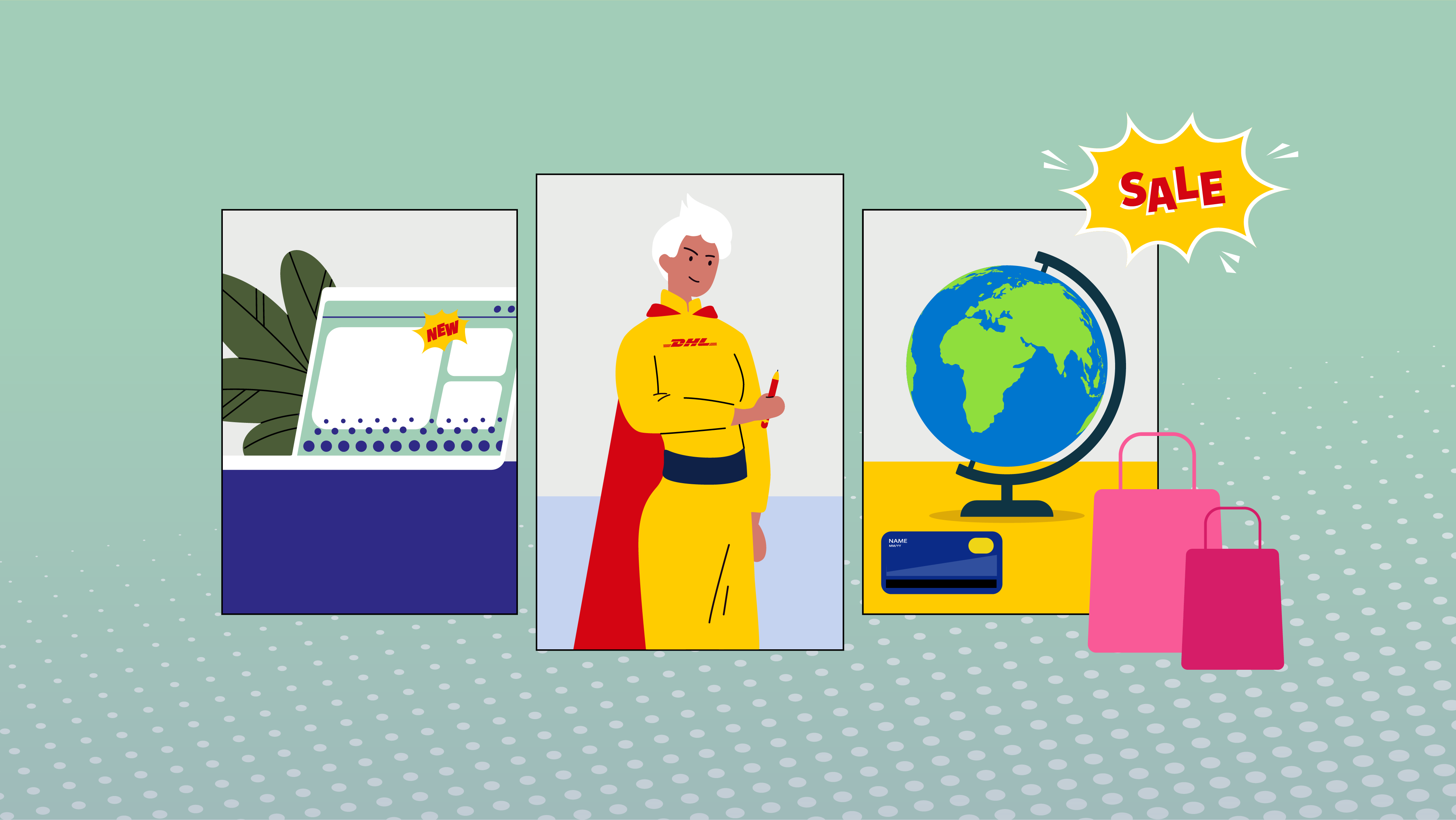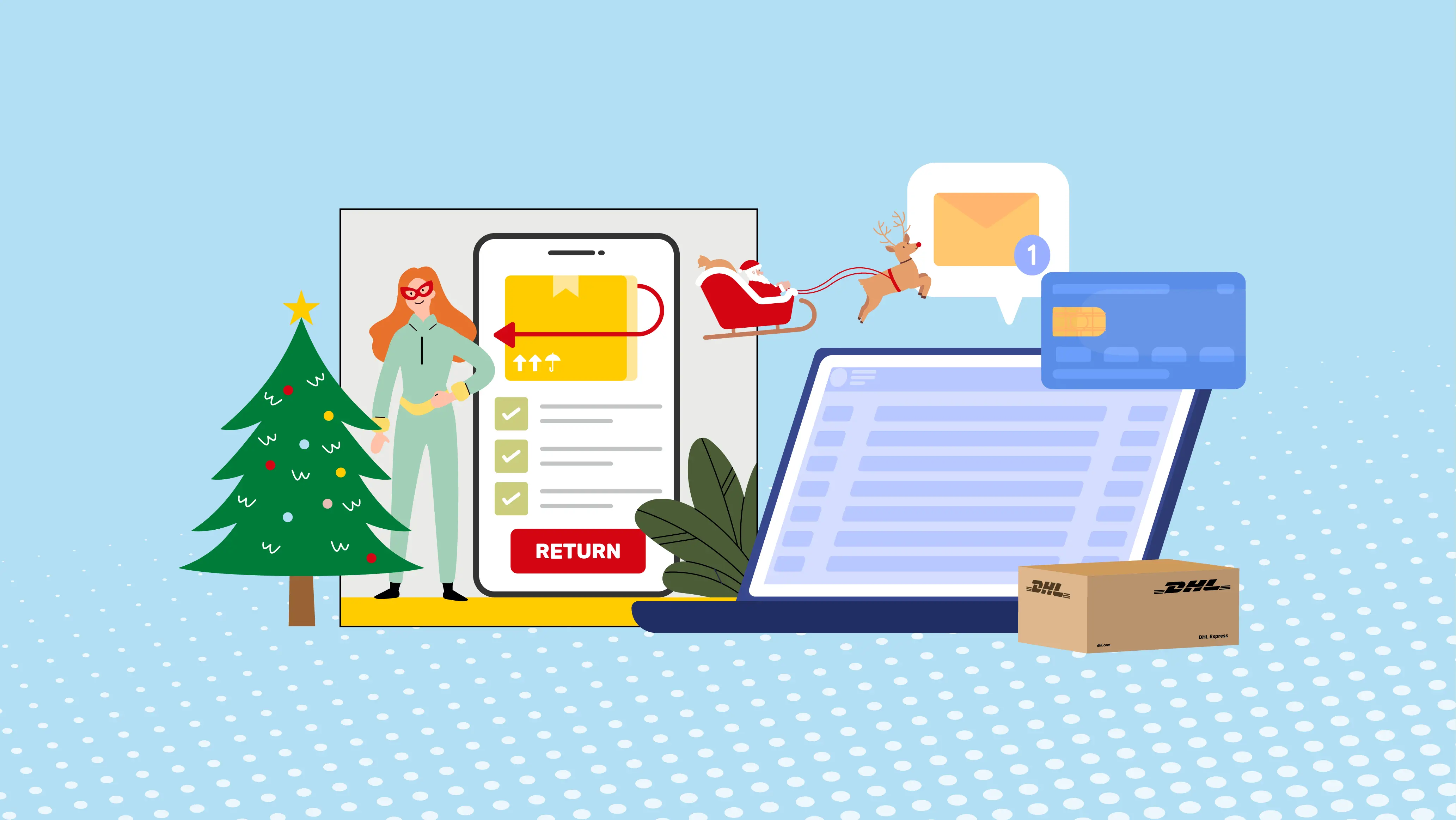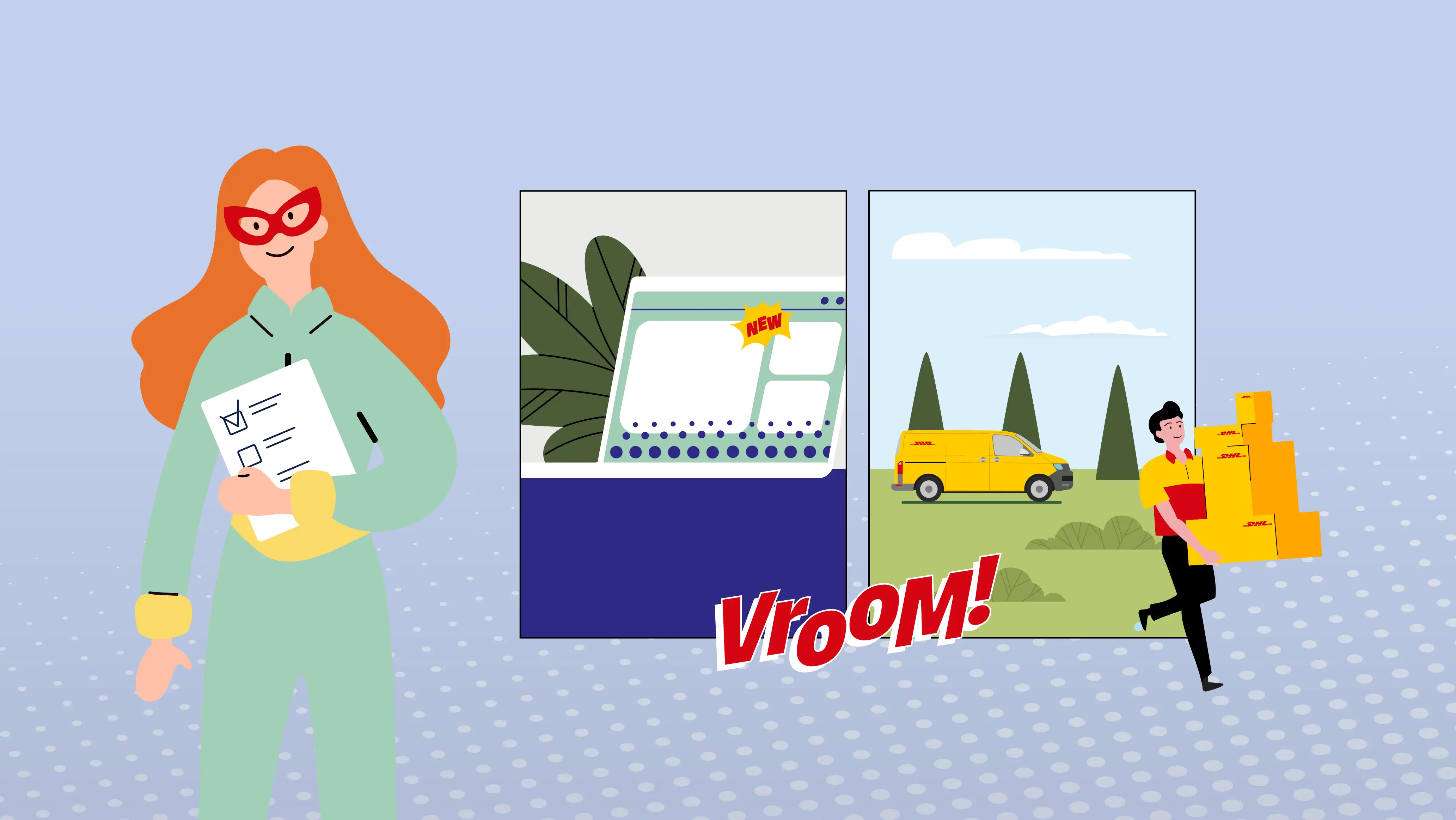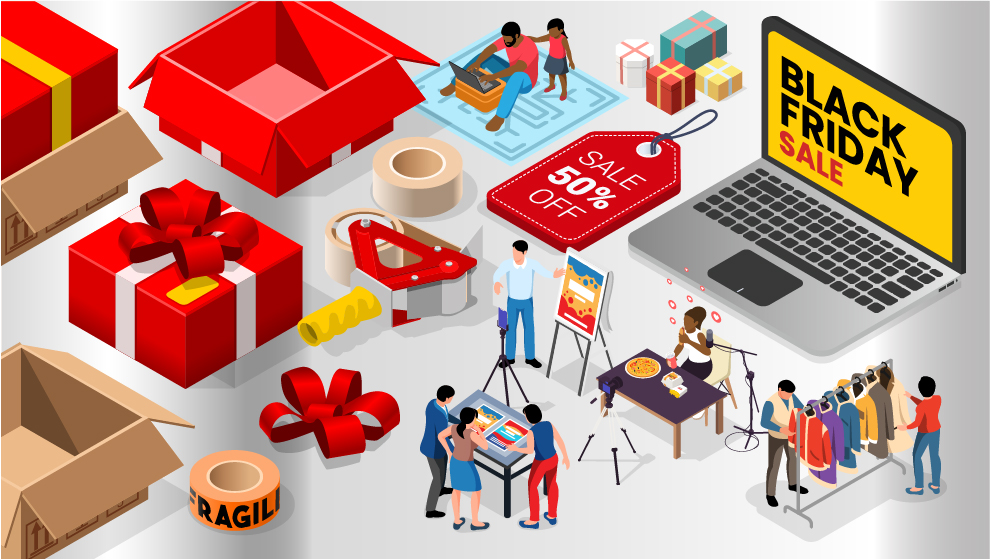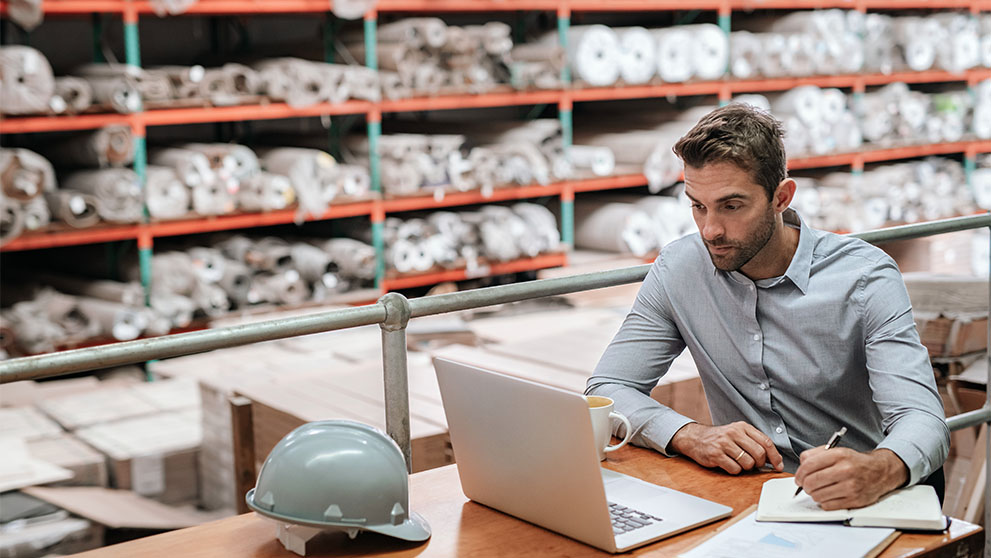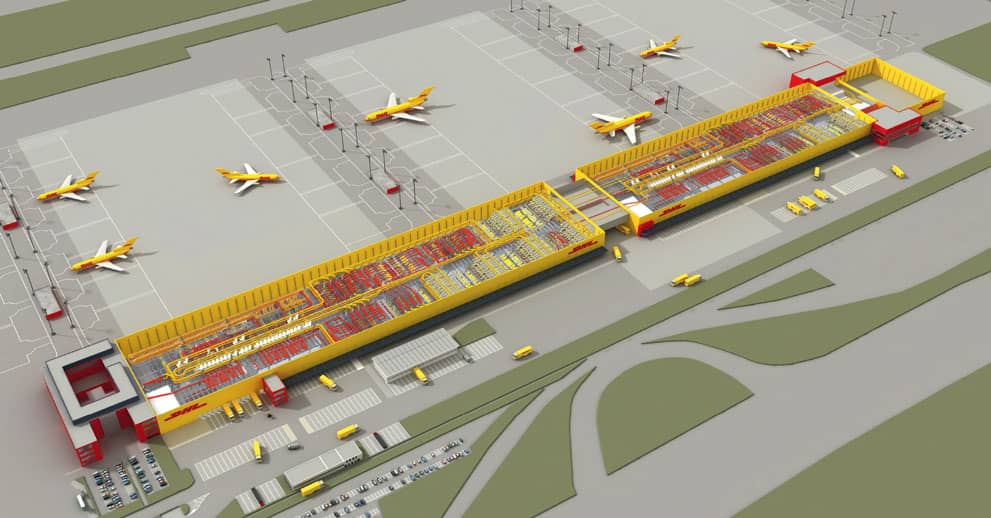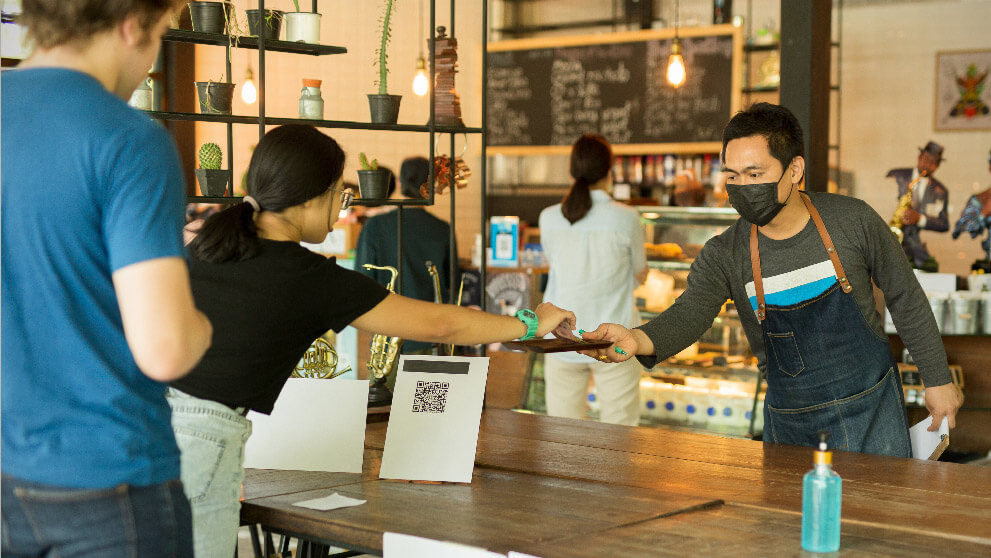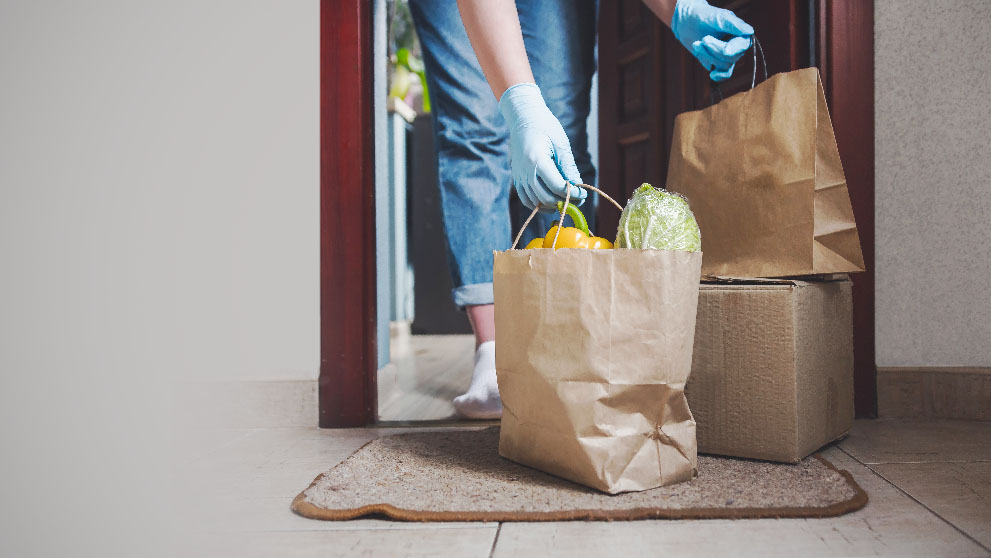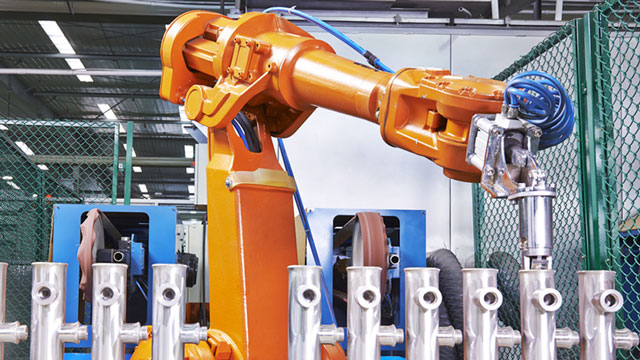For the booming e-commerce industry, last-mile delivery is no longer just about getting a package from point A to point B. What this means is that it has become a pivotal element in creating exceptional customer experiences and driving business success.
Last-mile delivery continues to evolve, and it's constantly pushing businesses to innovate, rethink logistics strategies, and adopt cutting-edge solutions. To help businesses remain competitive in 2025, let's dive into the key trends and technological innovations that can open up opportunities and redefine last-mile delivery services in the Philippines and beyond.
1. The rise of automation and robotics in last-mile delivery
Automation is changing the way goods are handled and delivered. Within warehouses and fulfillment centers, robotics and automated systems are streamlining operations, reducing reliance on manual labor. These advancements enable businesses to handle higher volumes of deliveries with greater efficiency, directly enhancing customer satisfaction while also having faster processing times and quicker deliveries for customers.
Outside the warehouse, autonomous delivery vehicles, such as drones and ground robots, are emerging as a revolutionary force in last-mile logistics. These self-driving technologies precisely navigate complex environments, including congested urban areas. For example, ground delivery robots are being deployed to tackle short-distance deliveries in densely populated areas, while autonomous vans can efficiently transport goods over longer routes.
Meanwhile, the environmental benefits of automation are equally compelling. By reducing reliance on traditional fuel-powered vehicles, autonomous solutions help lower carbon emissions, contributing to greener last-mile logistics. This aligns with the increasing focus on sustainable practices across the logistics industry, enhancing brand reputation and fulfilling corporate social responsibility goals.
2. Drones and airborne delivery: Revolutionizing the last mile
Airborne drone delivery has transitioned from a futuristic concept to a tangible reality. Drones are redefining what is possible in last-mile delivery, offering unparalleled speed and efficiency, particularly for small packages. In densely populated urban areas, traffic congestion poses significant challenges, and drones bypass traditional road networks to deliver goods directly to customers' doorsteps.
In addition to urban applications, drones are proving invaluable in rural and hard-to-reach locations. With their ability to traverse challenging terrains and cover significant distances, drones offer a lifeline for communities that struggle with accessibility to delivery services. This capability is especially vital for time-sensitive deliveries, such as life-saving medical supplies1 or perishables.
While the adoption of drone delivery faces regulatory and safety hurdles, progress is being made. Enhanced airspace management systems, advancements in drone technology, and evolving regulations are paving the way for broader deployment. As these challenges are addressed, drones are set to provide more flexible services.
3. Sustainable and eco-friendly delivery options
As environmental concerns continue to grow, sustainability has become a top priority for consumers and businesses alike, such as in the Philippines, wherein eight out of 10 Filipinos2 prefer to buy from eco-friendly brands and are even willing to pay more3 for sustainable products.
The logistics industry is responding by adopting eco-friendly last-mile delivery solutions, with electric vehicles (EVs) taking center stage. EVs offer a viable alternative to traditional combustion-engine vehicles, significantly reducing greenhouse gas emissions and lowering operational costs. Around the world, many logistics providers are transitioning their fleets to electric or hybrid vehicles to meet corporate sustainability targets and comply with stricter environmental regulations. This shift is complemented by investments in renewable energy infrastructure, such as charging stations, to support widespread EV adoption.
On the other hand, sustainable packaging solutions are another critical area of focus. This sector offers multiple business opportunities in the Philippines and globally due to its estimated value reaching US$358.3 billion by 20284. From biodegradable materials to reusable packaging, businesses are innovating to reduce waste, reduce carbon footprint, and minimize environmental impact. These efforts resonate with environmentally conscious consumers, who now prioritize businesses that demonstrate a commitment to sustainability.
4. Data-driven logistics: The role of AI and big data in last-mile optimization
Artificial intelligence (AI) and big data are transforming last-mile logistics by enabling smarter, more efficient delivery operations. Predictive analytics powered by AI helps logistics providers anticipate potential disruptions, such as traffic congestion, weather conditions, or spikes in demand. This foresight allows companies to proactively adjust schedules and routes, ensuring timely deliveries.
Data-driven solutions are also enhancing route optimization. By leveraging real-time data, logistics companies can identify the most efficient delivery paths, reducing travel distances and fuel consumption. This not only improves last-mile performance but also contributes to cost savings and environmental sustainability.
Personalization is another significant advantage of big data. By analyzing customer preferences and behavior, companies can offer tailored delivery options, such as preferred delivery windows, real-time tracking updates, and customized notifications. These personalized services enhance customer satisfaction and foster brand loyalty, giving businesses a competitive edge in the crowded e-commerce landscape.
5. The growth of localized delivery hubs and micro-fulfillment centers
The demand for faster deliveries has spurred the growth of localized delivery hubs and micro-fulfillment centers. These smaller, strategically located facilities store goods closer to customers, enabling quicker and more efficient last-mile deliveries. Therefore, this decentralized approach reduces shipping distances, minimizes delivery costs, and enhances overall service speed.
Also, the hub-and-spoke model is gaining traction as a means of streamlining last-mile logistics. Under this model, goods are transported from centralized regional hubs to smaller localized facilities for final delivery. This system allows businesses to balance inventory distribution, improve delivery efficiency, and cater to diverse customer needs in urban and suburban areas.
For example, the Philippines, with its huge e-commerce market estimated to reach a worth of US$22 billion by 20255 and densely populated cities and sprawling metropolitan areas present unique challenges for last-mile logistics. Localized hubs and micro-fulfillment centers offer an effective solution, reducing delivery lead times and ensuring a seamless customer experience.
6. Consumer expectations and the shift toward hyperlocal deliveries
In today's fast-paced world, customers demand speed and convenience in their delivery experiences. The rise of hyperlocal delivery models is a direct response to these evolving expectations. Hyperlocal logistics focus on sourcing and delivering goods within a specific locality, enabling rapid fulfillment of orders.
Same-day package delivery and even 1- to 2-hour delivery options are becoming increasingly popular, particularly in urban centers. To meet these demands, logistics providers are partnering with local businesses and leveraging advanced last-mile delivery management software to coordinate and execute ultra-fast deliveries.
Customer-centric solutions, such as on-demand scheduling and the ability to modify delivery locations in real-time, further enhance the delivery experience. By empowering customers with greater control and flexibility, businesses can create a seamless experience, build stronger relationships, and foster long-term loyalty.
Delivering success in the last-mile revolution
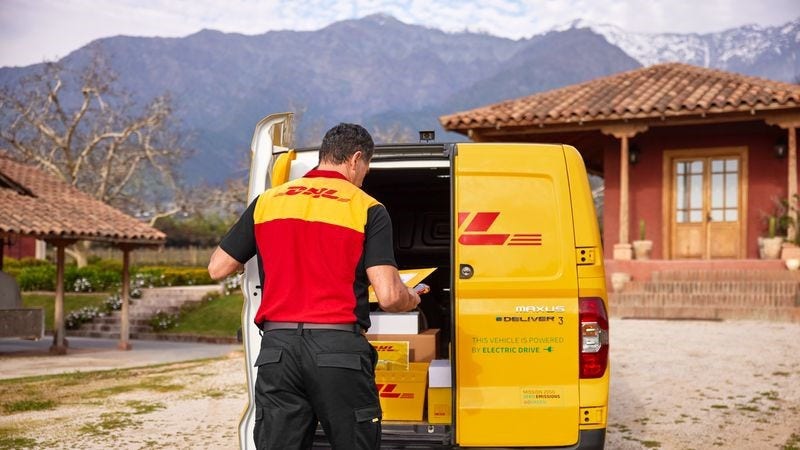
The landscape of last-mile delivery is evolving at an unprecedented pace, with technology, sustainability, data-driven logistics, and more setting new standards for efficiency, speed, and customer satisfaction. In order to stay competitive in 2025 and beyond, businesses must embrace these trends and innovate their logistics strategies.
Partnering with a trusted provider like DHL Express can help businesses navigate this complex landscape, leveraging cutting-edge last-mile delivery management software and global expertise to optimize operations. From international e-commerce shipping to customs and insurance, DHL Express is at the forefront of the logistics industry, offering solutions tailored to the unique requirements of businesses in the Philippines and across the globe.
Open a shipping account today and unlock the potential of seamless, reliable, and future-ready last-mile delivery and power up your e-commerce services.
1 - Forbes. February 23 2024.
2 - Philippine Daily Inquirer. 24 February 2024.
3 - Statista. 13 February 2024.
4 - Zion Market Research. March 2022.
5 - Philippine Daily Inquirer. 10 June 2024.

